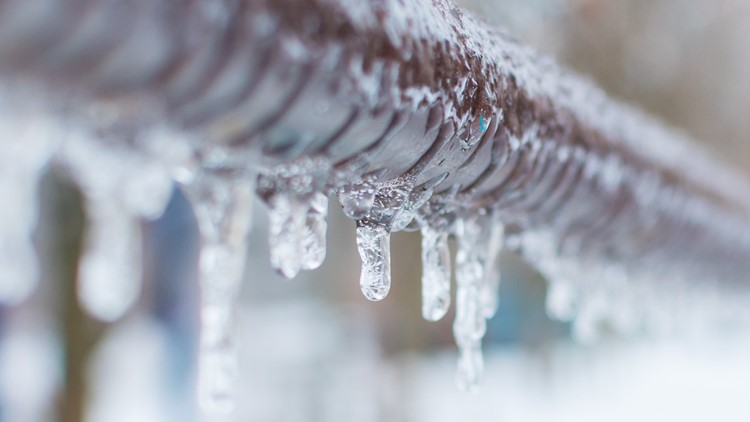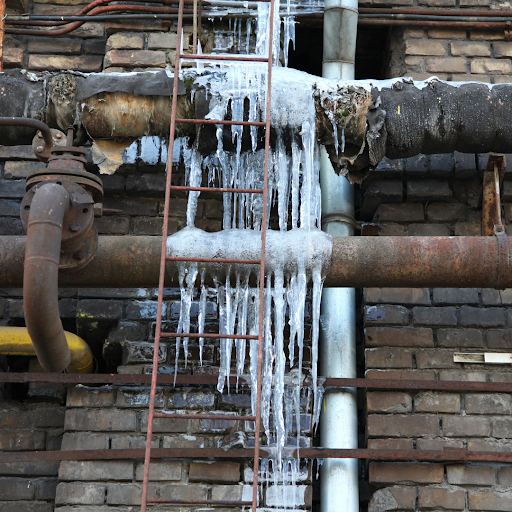Preventing Frozen Plumbing: Top Strategies for Winter
Preventing Frozen Plumbing: Top Strategies for Winter
Blog Article
The writer is making a few good observations regarding Preventing and dealing with frozen pipes overall in the article below.

Winter can ruin your plumbing, specifically by freezing pipelines. Right here's just how to prevent it from happening and what to do if it does.
Introduction
As temperature levels decline, the risk of icy pipelines increases, possibly bring about pricey fixings and water damages. Comprehending exactly how to prevent icy pipelines is important for property owners in cool environments.
Comprehending Icy Pipes
What creates pipes to ice up?
Pipelines freeze when revealed to temperatures listed below 32 ° F (0 ° C) for extended durations. As water inside the pipelines freezes, it increases, putting pressure on the pipeline wall surfaces and potentially causing them to rupture.
Threats and damages
Frozen pipelines can bring about water system disturbances, home damages, and expensive repair work. Burst pipelines can flood homes and trigger comprehensive structural damages.
Signs of Frozen Pipes
Identifying icy pipes early can stop them from breaking.
Exactly how to determine frozen pipes
Try to find reduced water flow from faucets, unusual odors or sounds from pipelines, and noticeable frost on subjected pipelines.
Avoidance Tips
Shielding prone pipes
Wrap pipelines in insulation sleeves or make use of warm tape to safeguard them from freezing temperatures. Concentrate on pipelines in unheated or outside areas of the home.
Home heating methods
Keep indoor areas appropriately heated up, especially locations with plumbing. Open up cupboard doors to allow cozy air to distribute around pipes under sinks.
Securing Outdoor Pipes
Garden tubes and outdoor taps
Disconnect and drain pipes yard pipes before wintertime. Install frost-proof spigots or cover exterior faucets with protected caps.
What to Do If Your Pipelines Freeze
Immediate actions to take
If you think icy pipelines, keep taps open up to alleviate stress as the ice thaws. Make use of a hairdryer or towels soaked in hot water to thaw pipes gradually.
Long-Term Solutions
Architectural changes
Think about rerouting pipelines far from outside wall surfaces or unheated locations. Include added insulation to attic rooms, cellars, and crawl spaces.
Updating insulation
Buy high-quality insulation for pipes, attics, and walls. Proper insulation helps maintain constant temperature levels and minimizes the danger of icy pipes.
Final thought
Protecting against icy pipes needs aggressive actions and quick reactions. By comprehending the causes, signs, and preventive measures, homeowners can shield their pipes during winter.
5 Ways to Prevent Frozen Pipes
Drain Outdoor Faucets and Disconnect Hoses
First, close the shut-off valve that controls the flow of water in the pipe to your outdoor faucet. Then, head outside to disconnect and drain your hose and open the outdoor faucet to allow the water to completely drain out of the line. Turn off the faucet when done. Finally, head back to the shut-off valve and drain the remaining water inside the pipe into a bucket or container. Additionally, if you have a home irrigation system, you should consider hiring an expert to clear the system of water each year.
Insulate Pipes
One of the best and most cost-effective methods for preventing frozen water pipes is to wrap your pipes with insulation. This is especially important for areas in your home that aren’t exposed to heat, such as an attic. We suggest using foam sleeves, which can typically be found at your local hardware store.
Keep Heat Running at 65
Your pipes are located inside your walls, and the temperature there is much colder than the rest of the house. To prevent your pipes from freezing, The Insurance Information Institute suggests that you keep your home heated to at least 65 degrees, even when traveling. You may want to invest in smart devices that can keep an eye on the temperature in your home while you’re away.
Leave Water Dripping
Moving water — even a small trickle — can prevent ice from forming inside your pipes. When freezing temps are imminent, start a drip of water from all faucets that serve exposed pipes. Leaving a few faucets running will also help relieve pressure inside the pipes and help prevent a rupture if the water inside freezes.
Open Cupboard Doors
Warm your kitchen and bathroom pipes by opening cupboards and vanities. You should also leave your interior doors ajar to help warm air circulate evenly throughout your home.

Do you like reading up on 6 Ways to Prevent Frozen Pipes? Give a short review below. We would be pleased to find out your opinions about this post. We hope to see you back again before long. For those who liked our blog posting plz be sure to share it. Thanks a lot for your time. Revisit us soon.
Schedule Estimate Report this page